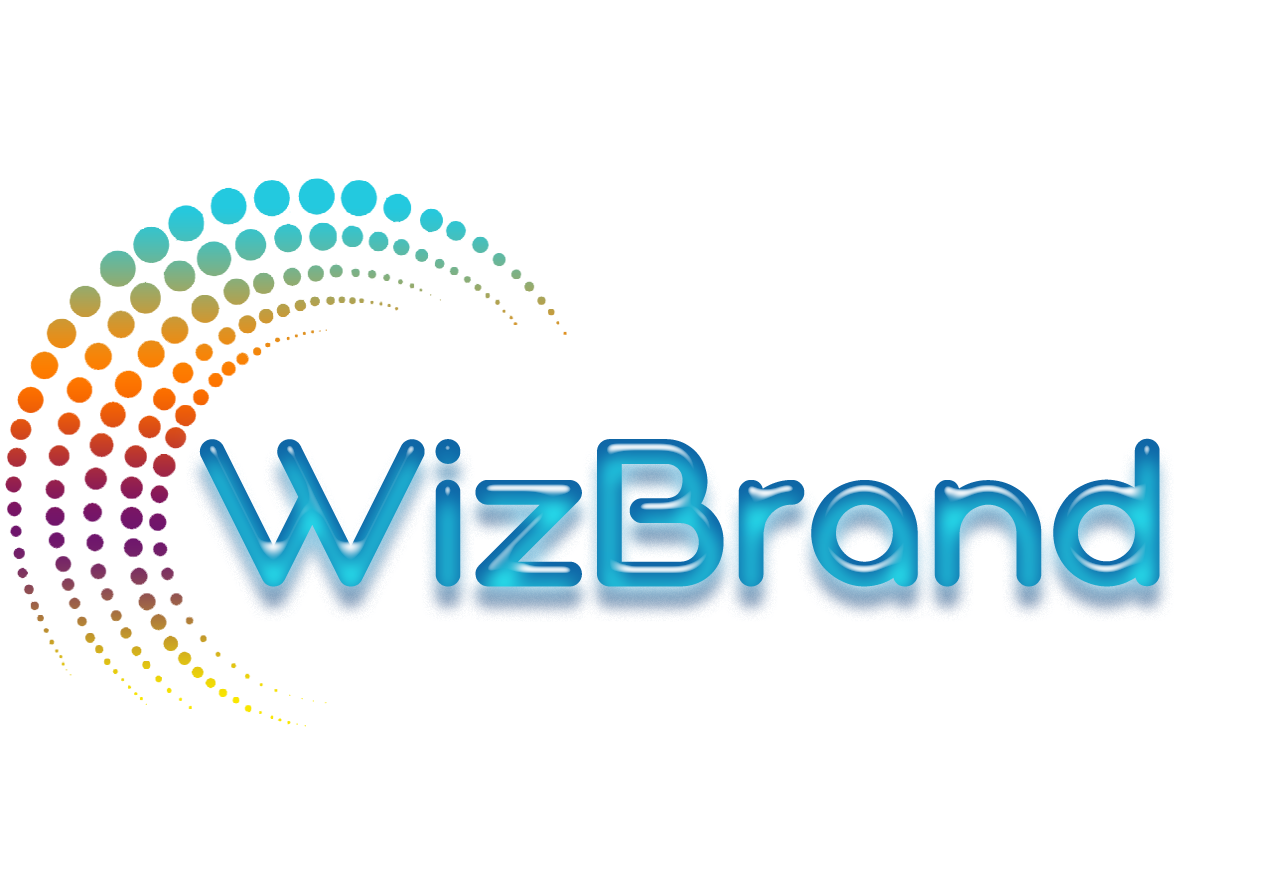
In today’s content-driven world, businesses are producing vast amounts of digital assets across various channels. From images and videos to documents and presentations, managing these assets efficiently has become a priority. However, the success of a Digital Asset Management (DAM) system lies not only in its ability to store and organize content but also in how well it uses metadata to enhance the search, retrieval, and management of digital assets.
Metadata—often referred to as “data about data”—plays a crucial role in making assets discoverable, accessible, and usable across teams. In this blog post, we’ll explore the power of metadata in your DAM strategy and how integrating it with a robust DAM solution like Wizbrand can streamline workflows, boost collaboration, and improve content management for digital marketers, content teams, and SEO professionals.
What is Metadata and Why is it Essential?
Metadata is the descriptive information that provides context about a digital asset, such as a photo, video, or document. For example, for an image, metadata may include the title, keywords, creator, date of creation, file format, and copyright details. In a DAM system, metadata is used to classify, organize, and make assets easily searchable, ensuring that users can find and utilize the right assets at the right time.
Without metadata, digital assets would be difficult to manage. Think of it like trying to search for a needle in a haystack—without proper labels or structure, finding a specific piece of content within a large collection becomes a frustrating, time-consuming process. Metadata helps eliminate this issue by providing an efficient way to catalog and retrieve assets based on their attributes.
The Role of Metadata in a DAM Strategy

Metadata isn’t just a collection of data points; it’s a critical component that drives your DAM system’s performance. When integrated effectively, metadata unlocks several key benefits for businesses:
- Improved Searchability: The more metadata you associate with an asset, the easier it becomes to search for it. Tags, descriptions, and keywords enable users to filter and locate content quickly, reducing the time spent searching for assets and increasing productivity.
- Enhanced Asset Organization: Metadata helps create logical structures within your DAM system. By categorizing assets based on metadata, you can group related assets together, creating an organized and efficient content library.
- Better Collaboration: Teams across departments can benefit from well-organized assets. For example, marketing, design, and SEO teams can quickly access the right digital assets, ensuring consistency and alignment in messaging and branding.
- Automated Workflows: Metadata can also be used to automate workflows. For instance, you can create rules to route assets based on specific metadata tags, such as automatically sending images marked “approved” to the marketing team for distribution.
- Content Lifecycle Management: As assets move through various stages of their lifecycle, metadata allows teams to track the asset’s status, expiration dates, usage rights, and more. This ensures that assets are used appropriately and in compliance with licensing agreements.
How Wizbrand Utilizes Metadata to Empower Your DAM Strategy
As one of the Best Digital Asset Management Software, Wizbrand is designed to make the most out of metadata. By offering a comprehensive metadata management system, Wizbrand empowers businesses to manage their digital assets efficiently and effectively.
Here are a few ways Wizbrand’s DAM platform utilizes metadata to streamline workflows:
- Custom Metadata Fields: Wizbrand allows you to create custom metadata fields tailored to your specific business needs. Whether you need to track the type of content, project name, target audience, or any other specific attribute, you can define the metadata structure that works best for your team.
- Advanced Search and Filtering: With Wizbrand, metadata makes it easy to filter and search for assets. Users can search by keywords, tags, categories, or any custom metadata fields that have been defined, ensuring that assets can be located quickly and accurately.
- Automated Tagging: Wizbrand offers automated tagging features that use AI to analyze and tag assets based on content. For example, Wizbrand can automatically identify objects within images and apply relevant keywords, significantly reducing the time spent on manual tagging.
- Version Control and History Tracking: Metadata in Wizbrand also tracks asset versions and maintains a history of changes. This feature is particularly useful for teams collaborating on projects, ensuring that everyone is working with the most up-to-date version of an asset.
- Integration with Other Tools: Wizbrand’s DAM software integrates seamlessly with your existing tools, including project management software and marketing automation platforms. This integration allows metadata to flow across systems, ensuring that your content is organized and accessible no matter where it’s being used.
Best Practices for Metadata Management in Your DAM Strategy
To fully unlock the power of metadata in your DAM system, follow these best practices:
- Define Clear Metadata Standards: Establish consistent guidelines for how metadata should be used across your organization. This includes deciding on the type of metadata fields to use, naming conventions, and how metadata should be applied to different types of assets.
- Ensure Data Accuracy: Accurate metadata is crucial for ensuring that assets are properly classified and can be easily searched. Regularly audit and update metadata to keep it relevant and correct.
- Train Your Team: Ensure that everyone in your organization understands the importance of metadata and how to use it effectively within the DAM system. This includes tagging assets properly, using predefined categories, and maintaining consistency across the board.
- Leverage Automation: Take advantage of automation tools in your DAM system to reduce the manual effort required to add and maintain metadata. Automated tagging, for instance, can save significant time and ensure consistency.
- Regularly Review and Optimize: Metadata management is an ongoing process. Regularly review how metadata is being used, assess its effectiveness, and optimize your metadata strategy to meet evolving business needs.
Conclusion: Unlock the Full Potential of Your Digital Assets with Wizbrand
Metadata is an invaluable component of any DAM strategy. When used correctly, it enhances searchability, boosts collaboration, and streamlines workflows, making it easier for businesses to manage and utilize their digital assets effectively. By integrating metadata into your DAM system, you can unlock the full potential of your content and ensure that your team has the tools they need to succeed.

Wizbrand offers a robust DAM platform that empowers businesses to manage metadata efficiently and streamline their digital workflows. If you’re ready to take control of your digital assets and maximize the value of your content, explore Wizbrand’s DAM solution today and see how it can help your business thrive.